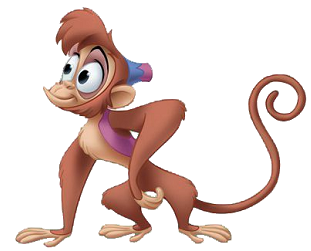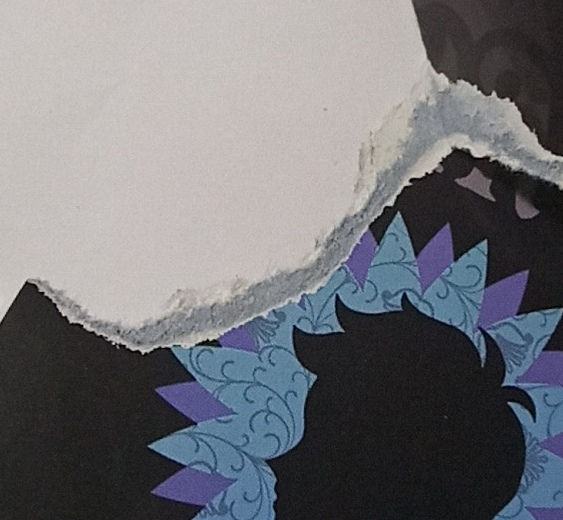How to choose a Tarot deck?
- hariolus1995
- Jul 26, 2019
- 4 min read
There are all kinds of Tarot decks on the market now, good and bad. You won't have this confusion if you are rich, but most people are still like me who don't buy tarot very often and struggle with choices each time when we check out the order.
First of all, I want to say that this article is not to help you to choose the Tarot system, but how to choose the Tarot products on the market. I will not name many cards, because sometimes it really depends on personal preferences, and I do not have the right to judge the style of the work, because this is related to everyone's taste.
This blog is inspired by the post on the Baidu Forum by MASA KUZUKI (Designer of Silhouette Tarot, Tarot Maregician and Cucoloris Tarot), and I asked him a lot of questions about printing and paper while writing this. Many people say who is he to judge a designer's work? But after reading each post, I found his way of judging: what he wanted to say was not whether the cards were good or not, but whether they were worthy.
These two have a great difference: whether they are good or not is totally subjective, and whether they are worthwhile is a objective evaluation of all aspects. Many decks may be well designed, but the card stock is not good, the printing has flaws, the price may be unreasonable, then it is a good deck in the sense of the design, but with other conditions it may not worth buying, but if you only pay attention to the images, and don't really matter the quality of the card stock, no one is against you; on the contrary, if a deck of cards is printed with the best card stock, but not very well designed, it may not be worth it either.
From the above we can get the first conclusion: buy the deck that is designed with effort. In order to explain what is a design with no effort, I shall give an example: Before Tarot, After Tarot and New Vision Tarot by Lo Scarabeo:
Such a card is a gimmick without me saying much. These cards together are not as good as comic to read, but can we use them? Yes? Any card can be used! But the author did this to satisfy maket's curiosity, presumably after you buy it, go through it and laugh about it, but when you come to the divination, you will still go back to the traditional Rider Waite deck.

The interpretation may be: The magician makes things float... Wait! Why does this monkey look so familiar?

Seriously Lo Scarabeo? Aladdin?
The biggest difference between the design with effort and the one without it is that the carefully designed cards are intriguing and there is so much more than the image. Every time when you hold them in your hands, you still feel the joy. And every time you look at it, you will find something different that resonates with you. Because the author paints his stories and emotions in his works.
Here's an example: many people don't like the decks of Deviant Moon and think it's too dark, but this is his artistic style; you may not like it, but you have to admit his effort, and I have resonance with many of his works, because his intention is to put the darkness and craziness in front of you, and mock them like a child. These cards are full of author's emotion.

Secondly, the quality of cards. For a deck designer, the card stock you choose also reflects your attitude towards the work. Many manufacturers, in order to reduce costs, begin to use the art paper, which is not very suitable for printing cards, almost the worst option. Generally speaking, there are 5 types of card stocks on the market: art paper, purple core card paper, blue core card paper, grey core card paper and black core card paper. The best one is the black core card paper from Germany, which is the best option for making cards.
Here I want to clarify several misunderstandings: 1. The touch is determined by the treatment of the surface, not by the card stock (such as the cards feel very plastic). 2. The card stock usually determines the shuffling. 3. The harder the paper, the better, the softer the paper, and vice versa. (Paper's softness and hardness are determined by the fibers, and flexibility is decided by density. The higher the density, the more durable the paper is, the better its flexibility.)
How to identify the card stock? The easiest way is to tear up the additional card and see it for yourself. But black-core paper can be seen from the side, especially in the case of white background and without gilding or silver blocking.




Thirdly, it does not mean that gilding or silver blocking makes a deck better. As a slightly special manufacture technique, it can add a bit of gorgeousness to the product, but it does not mean that is suitable for all the decks, it has to do with the style of the art work, otherwise it will be counterproductive.
The final golden rule is: Just be happy! If you have a specific hobby like me, such as collecting old system Tarot, I may not care too much about the card stock; if you like a style or an author, you can buy them, regardless of what others say. These tips can only serve when you are choosing between the decks. After all, it's important to be happy when you buy something.





![[Interview] Ulrich Kaltenborn and his story with the Mamluk deck](https://static.wixstatic.com/media/2a2f00_188ef5dda41d48a2962b16be5a34298e~mv2_d_2643_1982_s_2.jpg/v1/fill/w_980,h_735,al_c,q_85,usm_0.66_1.00_0.01,enc_avif,quality_auto/2a2f00_188ef5dda41d48a2962b16be5a34298e~mv2_d_2643_1982_s_2.jpg)


Comments